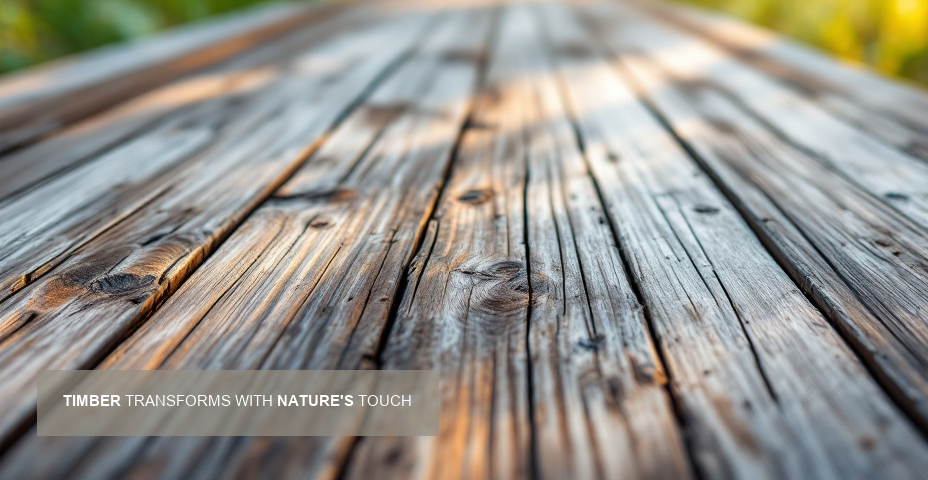A Brief Introduction to: How Timber Can Change Colour With Weathering
Wood has been a cornerstone of construction and design for centuries, valued for its strength, versatility, and natural beauty. One fascinating aspect of timber that many content creators and designers might not fully appreciate is how dramatically its appearance can transform over time through natural weathering processes. This natural evolution of timber colour can be either harnessed as a design feature or managed to maintain original aesthetics.
Why Timber Changes Colour When Exposed to Elements
The transformation of timber colour isn't random but results from specific chemical and physical reactions. When fresh timber is exposed to sunlight, rain, and air, several processes begin simultaneously. UV radiation breaks down lignin, a component that gives wood its rigidity and yellowish-brown colour. As this lignin deteriorates, it washes away with rainfall, gradually revealing the greyer cellulose beneath.
Different wood species weather at varying rates and produce distinct colour outcomes. Cedar often develops a distinguished silver-grey patina, while teak may weather to a soft silver-blonde. Oak frequently takes on deeper grey tones with subtle brown undertones that many designers find appealing for creating authentic, lived-in aesthetics in media productions and photoshoots.
The Timeline of Transformation
The weathering process follows a relatively predictable timeline, though environmental factors can accelerate or slow these changes:
Within the first few weeks of exposure, most timber begins showing initial signs of colour shift. The vibrant, fresh-cut appearance starts fading, and warmer tones often emerge temporarily. By three to six months, more noticeable changes become apparent, with many woods beginning their transition toward silver or grey tones. After one to three years, depending on climate and wood species, the transformation typically completes, with timber reaching its stable weathered appearance.
For content creators capturing the evolution of architectural projects or designers planning long-term visual aesthetics, understanding this timeline helps in planning photography schedules and managing client expectations about how structures will appear over time.
Harnessing Weathered Timber in Visual Storytelling
The natural patina that develops on weathered wood carries powerful narrative potential for media professionals. Weathered timber communicates history, authenticity, and organic connection to environment—qualities that resonate strongly with contemporary audiences seeking genuineness in an increasingly digital world.
When photographing or filming weathered timber, morning or late afternoon light often brings out the textural qualities and subtle colour variations most effectively. The low-angle light creates shadows that emphasise grain patterns and surface character that might be lost in harsher midday lighting conditions.
Managing Timber Weathering for Specific Outcomes
For those who wish to control the weathering process rather than simply allow it to happen, several approaches exist. Clear sealants and UV-inhibiting finishes can significantly slow colour changes while still allowing the natural beauty of the grain to show through. Alternatively, pre-weathering treatments can accelerate and standardise the process, creating that aged appearance without waiting years for natural development.
Some designers deliberately install timber in ways that create interesting weathering patterns over time, using overhangs and architectural elements to control exposure and develop striking visual contrasts between protected and exposed sections.
Documenting the Transformation
For media professionals working on long-term projects, documenting the gradual transformation of timber elements can yield compelling content. Time-lapse photography of weathering timber tells a powerful story about natural processes and the passage of time—themes that often resonate deeply with audiences.
The changing character of timber reminds us that natural materials continue their journey long after installation. Rather than seeing weathering as deterioration, many contemporary designers now embrace this transformation as part of what makes timber a living, evolving element in our built environment—a perspective worth sharing with audiences seeking authentic connections with the materials that shape our world.
Read the full article on How Timber Can Change Colour With Weathering




